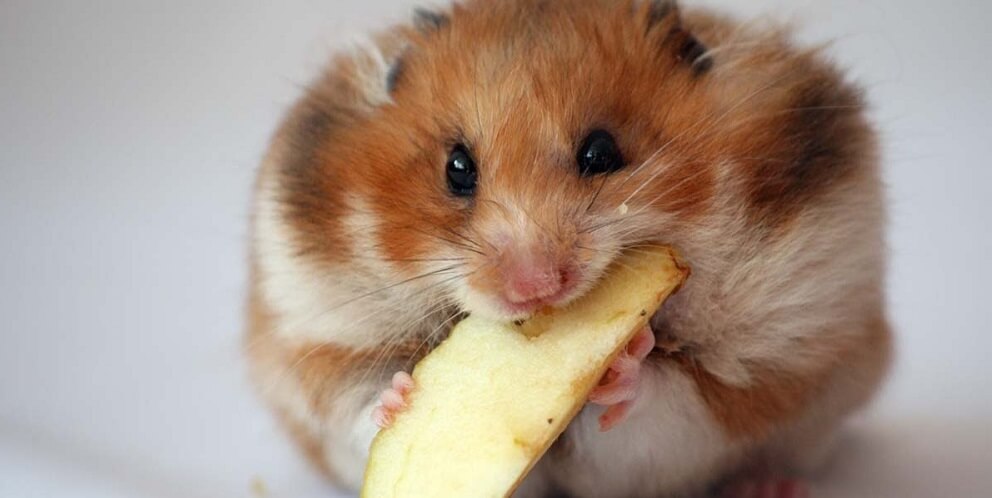Rodent nutrition and the basics of creating a daily diet. What foods should be in the diet, and which are prohibited? Why is it vital to eat vegetables and fruits? In this section, you will find many interesting facts about feeding pet rodents.
A pet rodent, regardless of species, be it a hamster, guinea pig, chinchilla, or rabbit, must be well-fed if you want your pet to live a long time. You can purchase high-quality food in particular stores or online stores. A diet consisting only of seeds or nuts is not recommended.

For example, sunflower seeds and nuts are high in fat and low in calcium and other nutrients. However, rodents usually prefer to eat healthier, balanced food, so watch your pet’s diet because rodent nutrition is essential.

Seeds and nuts are best offered as a “dessert” or reward and should comprise 5-10% of the daily diet. You can add fresh, peeled vegetables or small amounts of fruit. Leafy green vegetables (not lettuce or celery) are perfectly acceptable, as are yellow and orange vegetables (such as carrots).
The daily amount of these “human foods” should not exceed 10% of the diet. Thus, almost 80-90% of the daily norm should be granulated food, 5-10% – vegetables and fruits, and 5-10% – grains and seeds. As a source of fiber, you can offer rodent hay from forage grasses: clover, alfalfa, timothy).

Feeding characteristics of different types of rodents
Food and clean water must be available to the animal at all times. Today, there are many kinds of waterproof feeders and drinkers—you can choose the most convenient one, considering the available space. Animals, as a rule, do not need additional vitamins. Proper diet diversification is enough.

It is worth understanding that nutrition may vary depending on the type of rodent. You can read on our website for detailed tips on choosing food for your pet. For example, guinea pigs are highly susceptible to vitamin C deficiency. Therefore, when the question arises of what to feed your guinea pig at home, it is best to purchase high-fiber food for your pig in the form of granules with added vitamin C.
Please make sure the granular formula you choose contains the required vitamin. Because this vitamin breaks down or oxidizes quickly, the food should generally be used within 90 days of the date of manufacture. Green vegetables will also help to obtain an essential vitamin that determines the animal’s vitality.
This post is also available in ru_RU.




